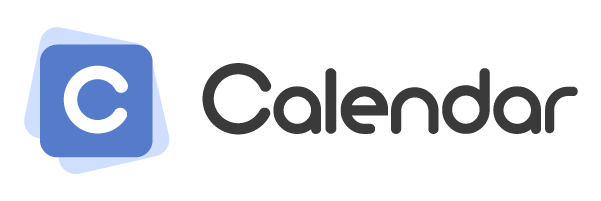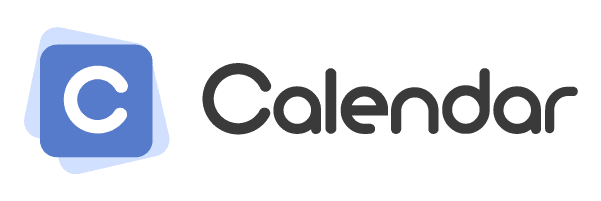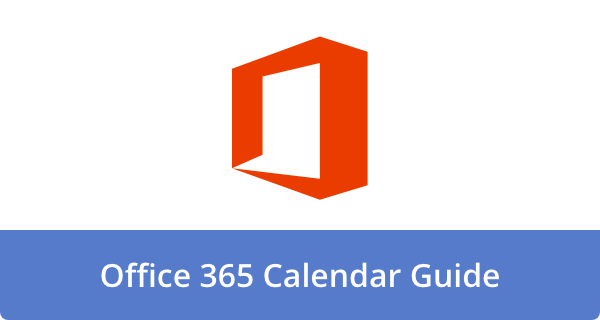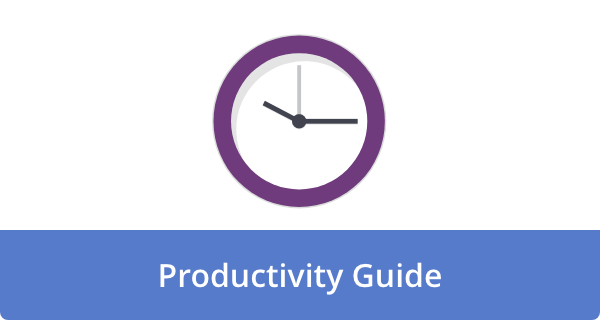
Roam Research has been getting significant attention lately as a powerful tool for developing networked thoughts and connecting ideas. While I’ve been using it myself and discussing it on podcasts, I recognize that its price tag might be prohibitive for some. Fortunately, there are several alternatives worth considering if you’re looking for a personal knowledge management system that doesn’t require Roam’s cost.
After exploring Effective’s recent video on Roam alternatives, I’ve formed some opinions about which options might work best for different needs. What makes a good note-taking system isn’t just about features—it’s about finding the right fit for your thinking style and workflow.
What Makes a Good Knowledge Management System?
Before diving into specific alternatives, it’s worth considering what makes a knowledge management system effective. According to Effective, there are four key criteria:
- Easy capture – You need a place where thoughts, ideas, and information from books or podcasts can be quickly recorded
- Linking capability – Some form of connection between notes helps build relationships between ideas
- Outlining functionality – The ability to structure information in a flexible way
- User-friendly interface – Software that doesn’t require extensive technical knowledge to use effectively
I completely agree with these criteria. In my experience, the best note-taking systems enable you to capture information quickly and make connections without interrupting your thought process. This is especially important for remote workers who deal with constant information overload.
The Plain Text Contenders: The Archive and Zettler
The Archive and Zettler represent the plain text approach to knowledge management. Both are based on the Zettelkasten method (slip box) developed by Niklas Luhmann.
While these tools offer portability through plain text files and markdown syntax, I find them a bit too technical for casual users. The Archive doesn’t automatically create wiki links when you click on them, and both rely heavily on ID-based note creation. If you value plain text portability above all else, these options might work for you, but they require more manual involvement than others.
Dynalist: The Outliner Option
Dynalist stands out as a strong contender for those who appreciate Roam’s outlining capabilities. Its bullet-based structure makes information capture quick and intuitive. You can zoom into specific bullets, collapse sections, and link between different points.
What I appreciate about Dynalist is how it strikes a balance between power and simplicity. While it doesn’t offer backlinks like Roam, you can link to specific bullets, which is quite helpful. With its web-based interface and iOS app, it’s accessible across platforms. For those wanting a Roam-like experience without Roam’s price tag, Dynalist deserves serious consideration.
Bear: Simple Yet Powerful
Bear strikes a nice balance between simplicity and capability. It offers wiki linking with autocomplete, the ability to link to specific headings within notes, and a clean, attractive interface.
The main limitation is that Bear doesn’t currently support backlinks, though there are workarounds. Additionally, it’s currently limited to Apple devices, although a web client is reportedly in development. Despite these limitations, I find Bear’s design sense and ease of use make it a compelling option for many users.
TiddlyWiki with Stroll: The DIY Roam Clone
For those willing to get technical, TiddlyWiki with the Stroll plugin offers perhaps the closest experience to Roam Research. It provides bi-directional links with autocomplete, automatically updates note names across the system, and allows notes to be popped out into sidebars.
The downside? It’s definitely on the “nerdy” end of the spectrum. As a single HTML file, it requires some technical know-how to set up syncing across devices. The editor can also feel a bit strange at first. But if you’re looking for Roam’s features without the price tag and don’t mind a learning curve, this combination is worth exploring.
Notion: The Flexible Database Approach
Notion takes a different approach by combining notes with database functionality. You can create a database of notes with custom fields, including relation fields that function similarly to backlinks.
What makes Notion powerful is its flexibility. You can structure information however you want, include rich media, and filter your notes based on tags or other attributes. The trade-off is that you don’t get the seamless backlink experience of Roam—you have to create relations between notes manually.
I believe Notion is an excellent choice for those who want a visually appealing, flexible system and are willing to adopt a slightly more structured approach to note-taking.
Making Your Choice
After considering all these options, I have three top recommendations based on Effective’s analysis:
- Bear – For those wanting a well-designed, easy-to-use tool with wiki linking and tag organization
- TiddlyWiki with Stroll – For those seeking Roam-like bi-directional linking who don’t mind some technical setup
- Notion – For those who prefer a database approach with rich media support and flexible organization
Your choice ultimately depends on your specific needs. Do you value simplicity over features? Do you need cross-platform support? How important are backlinks to your workflow?
The good news is that you don’t have to spend Roam Research prices to get a powerful knowledge management system. With these alternatives, you can find a tool that fits both your workflow and your budget. The key is finding the right balance between functionality and ease of use that works for your specific needs.











Deanna Ritchie
Editor-in-Chief at Calendar. Former Editor-in-Chief, ReadWrite, Editor-in-Chief and writer at Startup Grind. Freelance editor at Entrepreneur.com. Deanna loves to help build startups, and guide them to discover the business value of their online content and social media marketing.